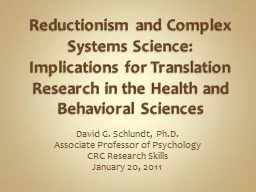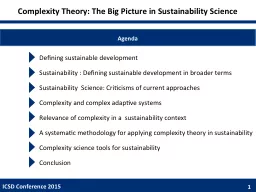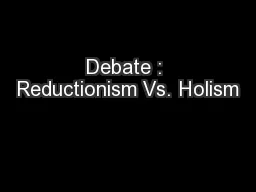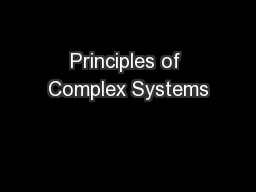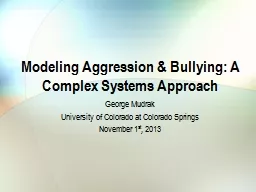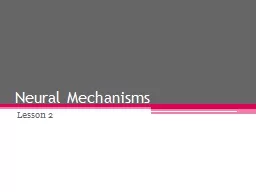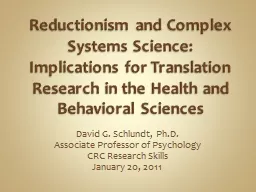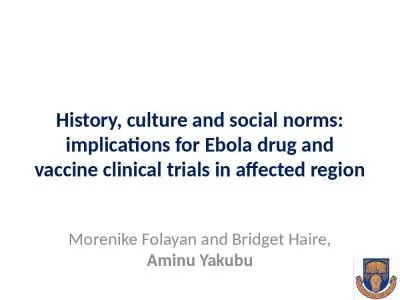PPT-Reductionism and Complex Systems Science: Implications for
Author : phoebe-click | Published Date : 2016-06-30
David G Schlundt PhD Associate Professor of Psychology CRC Research Skills January 20 2011 Overview NIH party line on translation research Problems with the party
Presentation Embed Code
Download Presentation
Download Presentation The PPT/PDF document "Reductionism and Complex Systems Science..." is the property of its rightful owner. Permission is granted to download and print the materials on this website for personal, non-commercial use only, and to display it on your personal computer provided you do not modify the materials and that you retain all copyright notices contained in the materials. By downloading content from our website, you accept the terms of this agreement.
Reductionism and Complex Systems Science: Implications for: Transcript
Download Rules Of Document
"Reductionism and Complex Systems Science: Implications for"The content belongs to its owner. You may download and print it for personal use, without modification, and keep all copyright notices. By downloading, you agree to these terms.
Related Documents

